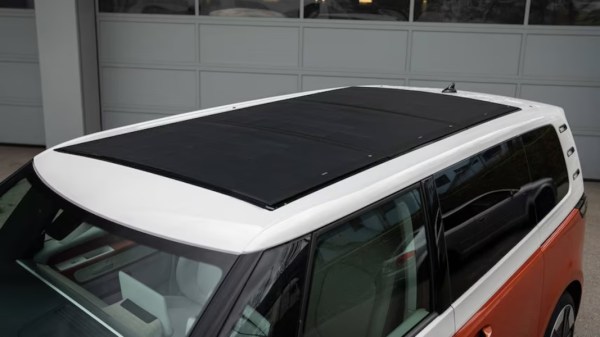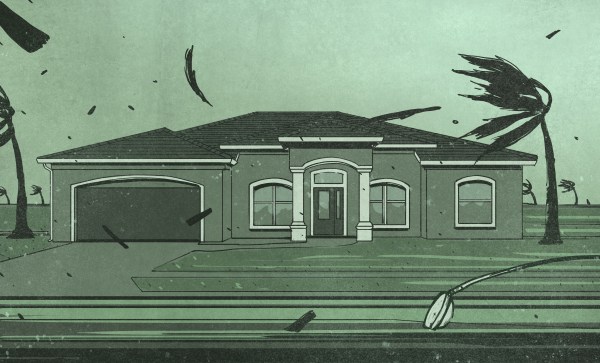Plenty of us have experience with paper shredders, but there are all kinds of machines designed to completely destroy other materials as well, from metal and plastic, to entire cars. [Action BOX] built their own heavy-duty shredder capable of dismantling things like cell phones and other robust handheld objects, but after seeing what it would physically shred they decided to give it an actual job creating insulation for the attic space in their garage.
The shredder itself uses opposing metal plates arranged on sets of two cylinders, with each cylinder powered by it’s own large motor. In total, the entire system uses around 1.5 kW, so to make their green insulation project as green as possible they decided to power it with an equivalent amount of solar panels. For the insulation they’re using a year’s worth of boxes from various deliveries, and after a time-consuming process preparing the boxes for the shredder, shredding the strips of cardboard, and packaging it in garbage bags their efforts netted them enough to partially fill the space between four ceiling joists. Continue reading “DIY Shredder Creates Insulation”














